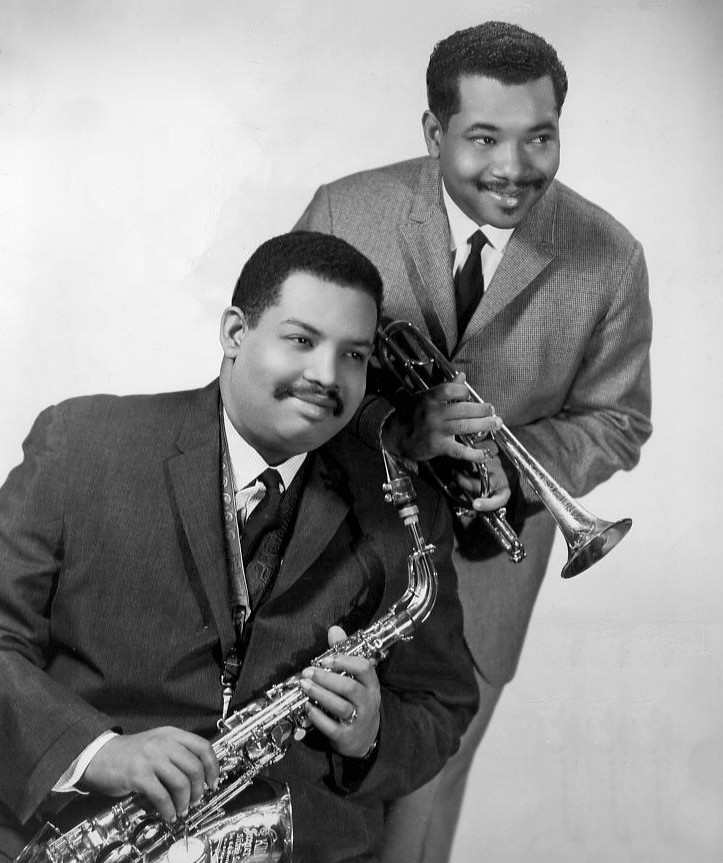
Hardbop
Primarily associated with New York-based African American jazz musicians, hardbop emerged roughly as rhythm and blues gave way to rock and roll in the mid-1950s. Many of the characteristics of hardbop-lyrical intensity, bluesy phrasing and tone production, and insistent groove-oriented rhythms-are closely related to concurrent African American popular and folk music styles. In drawing on blues shuffles, gospel, other R & B styles, and certain styles of Latin American music, hardbop pioneers brought jazz of the 1950s with other prevailing popular African American music styles.
Growing out of 1940s bebop, hardbop featured rhythmic, melodic, and harmonic intensity and incorporated new grooves into jazz. Often juxtaposed against "cool jazz," it overlapped with other jazz developments of the 1950s and 1960s, particularly the jazz avant-garde and some aspects of jazz-rock fusion.

Mercy, mercy, mercy [ 00:00-00:00 ]
In addition, hardbop grouped several performance practices sometimes distinguished by various names, such as soul-jazz and modalism. Important hardbop innovators included drummer and bandleader Art Blakey, pianist and bandleader Horace Silver, saxophonists Benny Golson and Julian "Cannonball" Adderley, and a host of interrelated collaborators and musicians. Adderley is featured here in the song "Mercy Mercy Mercy" written by his pianist Joe Zawinul.
The essence of hardbop is typically found in the tonal intensity and solo styles developed by many jazz musicians of the period after bebop. Trends include a resurgence of heavy, dark, and rough tone (as heard in "Killer Joe" by saxophonist Benny Golson) as well as a shaky combination of introspection and bombastic expressiveness (for example, in "I Remember Clifford"   by trumpeter Lee Morgan). In addition, hardbop improvisations tend to be longer than those of bebop, allowing the musicians to explore in more detail the nuances of the harmonic progressions of the songs. As mentioned earlier, hardbop used rhythms from different music cultures (some of which had an earlier relationship with jazz). These include rhythm and blues (such as Bobby Timmons's "Moanin'" ), rock and roll (such as Lee Morgan's "Psychedelic" ), and Latin American and Caribbean musical styles (such as Horace Silver's "Song For My Father" ) .
Other well-known jazz figures of the 1950s, including bassist Charles Mingus, John Coltrane, and Sonny Rollins, are also associated with hardbop. Mingus was known for using stylistic traits from previous forms of jazz and incorporating different unconventional performance practices in his songs, such as tapping and sliding on his strings, plucking piano strings with his hand while the pianist is playing, and others. These are seen and heard in this 1964 live recording of the "Charles Mingus Sextet in Europe."

Charles Mingus Sextet in Europe, 1964 [ 00:00-00:00 ]
Heebie Jeebies
Say, I've got the Heebies
I mean the Jeebies
Talking about
The dance, the Heebie Jeebies
Do, because they're boys
Because it pleases me to be joy
Boogie Woogie Bugle Boy
He was a famous trumpet man from out Chicago way
He had a boogie style that no one else could play
He was the top man at his craft
But then his number came up and he was gone with the draft
He's in the army now, a blowin' reveille
He's the boogie woogie bugle boy of Company B






